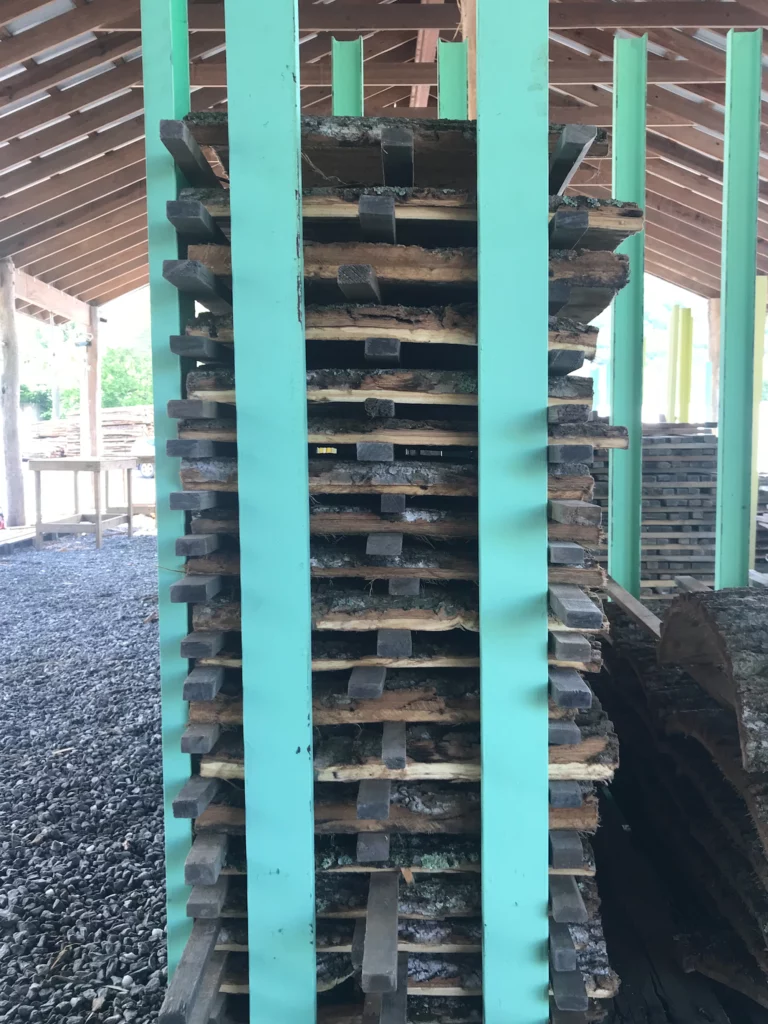Bark
Bark House
Spruce Pine, NC

An often forgotten byproduct of wood, certain species of bark have been used to create shelter for thousands of years. Designed by Mother Nature for the sole purpose of protecting living wood from the elements, if used properly bark can be as durable or more than any natural cladding. With the extermination of this continent’s indigenous populations, traditional lightweight dwellings like wigwams and longhouses that were covered in bark were replaced by heavier construction like log cabins, timber frame houses and even stone and brick houses. Henry Bacon, architect of the Lincoln Memorial, noticed the amount of bark being wasted during the production of wood and knew of the native use of bark as siding, so a century ago he revived the tradition of bark siding in the mountains of North Carolina. Bacon used chestnut bark, so after the chestnut blight killed off the country’s chestnut trees, it took another half-century to recognize and commercialize the potential of tulip poplar bark. Peeled off trees already felled for plywood and lumber, the bark doesn’t require much energy to harvest, and even less is used to cut and flatten it. The material can be installed as traditional shingles with lap joints–appealing to people like NC’s 1%, including Green Jacket winners at the Eseeola Lodge–or as a more contemporary skin with butt joints at the seams–like at the Christian Louboutin store in the Miami Design District–thus appealing to both sustainability minded progressives and conservatives rooted in tradition. Delivered and installed with the vines, lichen and moss that grew on the tree during its life, bark is as visceral—and low carbon footprint—as building materials get.